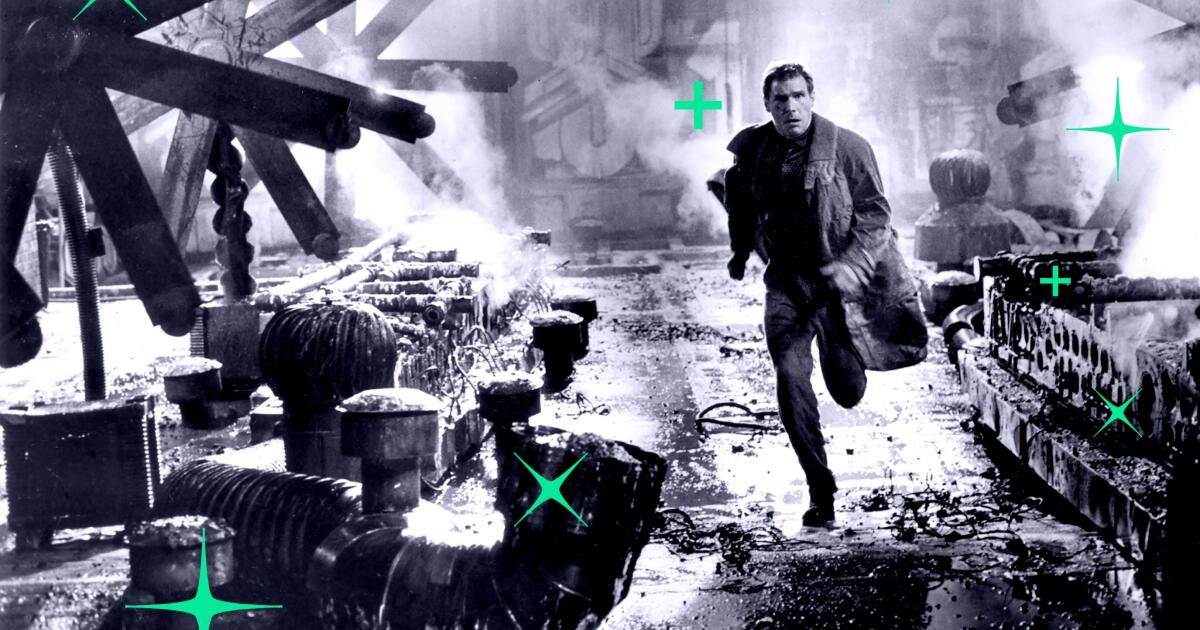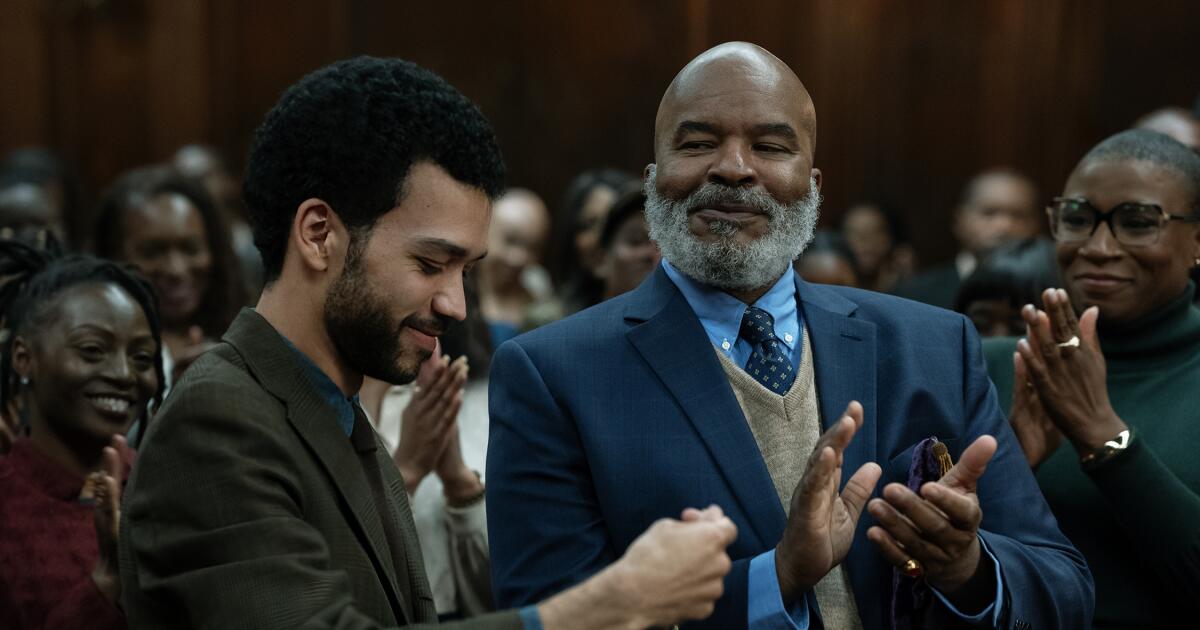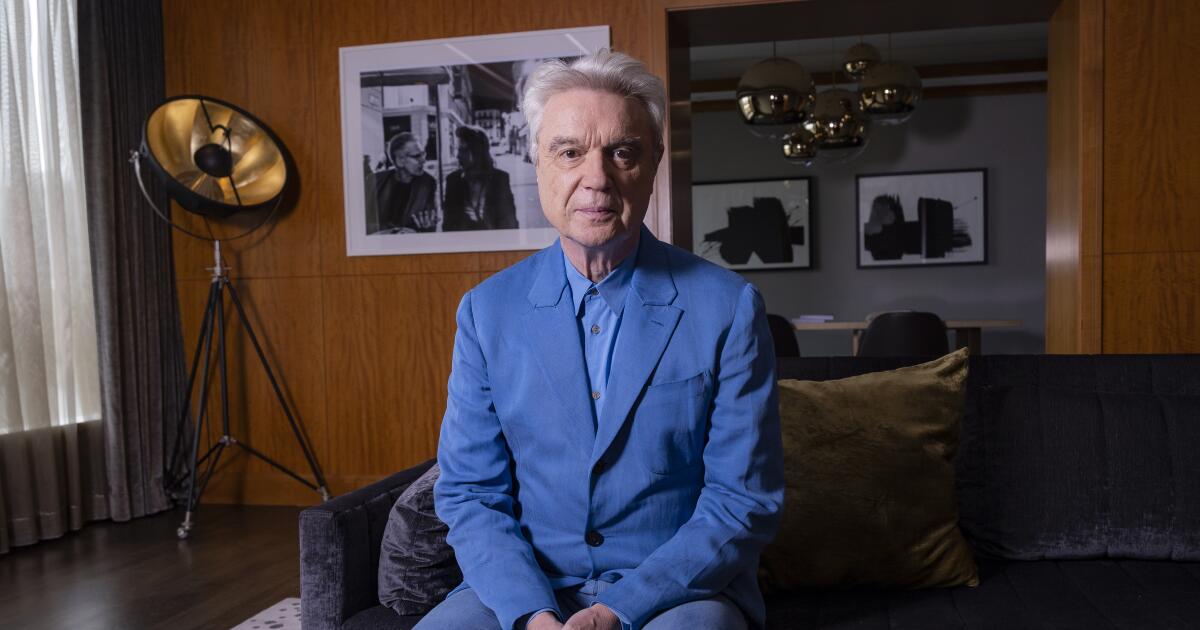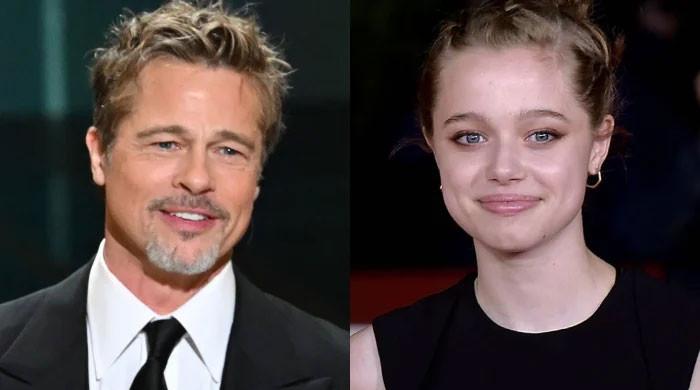“Everyone is very happy, because the sun shines all the time.
Aspect As another perfect day. I love the “
– Randy Newman
Since its foundation in 1781, Los Angeles has been labeled as the city of Los Angeles. But the future president of the United States has a much less heavenly opinion, predicting in a burning campaign direction that the “sinful” city will be destroyed by an earthquake “in divine compensation.”
Days after the comments, a massive earthquake devastates most of the angels and many of their reference points, including the Bonaventure Hotel del Centro, Union Station and the Santa Monica dock.
Los Angeles knows how to resist a crisis, or two or three. Angelen is taking advantage of that resistance, struggling to build a city for everyone.
After amending the Constitution to allow him to be president for life, the commander in chief issues a directive that separates the angels from the rest of the country, transforming him into a deportation center for those found “too undesirable or not suitable” for the new “moral America.”
Cut!
To be clear, everything you just read is fiction. The previous scenario is the configuration of the 1996 film by John Carpenter, “Escape from the”, which presents a satirical and post-apocalyptic vision of the future Los Angeles.

John Carpenter directed and co -written “escape from Los Angeles”
(Kyle Cassidy)
Carpenter, better known for creating “Halloween” of 1978, which launched a new wave of horror movies, belongs to a legion of filmmakers that have put Los Angeles in their creative sight, pointing their demolition balls in their palm trees, costumes of costumes and rings of world fame.
From “The War of the Worlds” from 1953 to the “Blade Runner” of 1982 and “This is the end” of 2013, vast areas of the city have been victims of a variety of calamities, including earthquakes (“earthquake”, 1974), tornado (“the day after tomorrow”, 2004), comets (night of the comet “) and under the floor of Erremourions (” Volcano, “Volcano,” 1997), 1997), Comets (Night of the Comet, 1984) and Underground er Eros
The giant mutant ants invade angels in “them!” (1954). A rain of frogs falls from the sky to the residents of the San Fernando Valley in “Magnolia” (1999). The aliens of outer space seem to have a particular disdain for angels, as evidenced by the “World War”, the “Independence Day”, the “Battle: Los Angeles” and the “Skyline”.

On the “Independence Day”, alien invaders attack and destroy angels.
(© 20th Century Fox.)
“Blade Runner” – “The official nightmare of Los Angeles”, according to the filmmaker and critic Thom Andersen, represents a dark urban center and very contaminated with flying vehicles and residents soaked in a constant downpour of acid rain.
In “Los Angeles he interprets himself”, his 2003 documentary tells the interpretation of the city through the history of cinema, Andersen points to his own demolition ball. The film's narrator quotes the late Mike Davis, an outstanding historian and urbanist, when he says that Hollywood “is special to destroy Los Angeles, a guilty pleasure shared by most of his audience.”
The films that represent the fall of Los Angeles have long been a reliable attraction for the public of films. And, with techniques ranging from detailed models to extensive CGIs, destruction sequences have offered a showcase for industry visual effects artists.
Take “Earthquake”, the Universal Pictures disaster with a cast of stars headed by Charlton Heston, Ava Gardner, Richard Roundtree, Lorne Greene and George Kennedy. When the film premiered in 1974, the theaters presented a special speaker system called a sensing that caused the auditorium seats to vibrate during the ear chaos sequences.
The film begins with a bird view of the picturesque aligns, reservoirs and hillsides of grass before the title of bold face appears, accompanied by sinister music courtesy of the legendary composer John Williams. By the conclusion, much of the city is reduced to flattened and heavy hell.
(These images share a mysterious similarity with some of the horrible scenes of the recent destructive forest fires that swept through Pacific Palisades, Malibu and Altadena in January).
Los Angeles also ends at Harm's Way in “San Andreas” (2015), starring Dwayne Johnson as a main search and rescue helicopter pilot in the Los Angeles Fire Department. The film, with its impressive visual effects, represents an eruption along the San Andreas Failure Line that ravages along the west coast, endangering Los Angeles and San Francisco.
Undoubtedly, angels is not the only location that Hollywood filmmakers reduce debris. Paris was carved by a massive meteorite in “Armageddon.” “Twister” and his sequel “Twisters” wasted to the vast regions of Oklahoma. “Escape from the” is the sequel to the “Escape from New York” much more successful in Carpenter, which has similar issues.
Even so, the narrator of “Los Angeles plays himself,” Encke King says that “the entire world seems to be supporting Los Angeles to slide into the Pacific or be swallowed by the fault of San Andreas.”
The documentary highlights a sequence on the “Independence Day” of 1996 in which a group of Juerguistas goes to the top of the first interstate world center, now known as the United States Bank Tower, to greet the spacecraft that looms over it, thinking that the aliens is friendly. They look great while opening the bottom of the ship, revealing a warm blue light. Seconds later, a giant ray appears, destroying the tower and the celebration mafia.
“Who can identify with a caricaturized mafia dancing in idiot ecstasy to greet aliens?” Ask King, once again calling Davis's spirit. “There is a certain tone of 'good ridicule' when the last evil guests of the Earth are vaporized by these.”

The famous Hollywood sign is history following a devastating tornado series in “The Day after tomorrow.”
(Twentieth Century Fox)
Brad Peyton, director of “San Andreas”, says that the appeal of these disaster films is largely driven by the city's reference points: “There are all these reference points that are easily recognizable throughout the world. It is a great goal for filmmakers like me who are making movies to watch the world.”
Paul Malcolm, a senior public programmer of UCLA Film & Television Archive, has a different shot: “Los Angeles is a constant city of change: it reinvents itself, destroying old buildings and placing new. Hollywood is also in constant flow and agitation. Perhaps Hollywood is processing its own anxieties about the change and influence on its native.”
In addition to the scenes that highlight the show and the moments of heroism, some filmmakers also include more serious problems about disaster preparation and structural deficit. Peyton, who is from Canada, remembers being in an underground garage somewhere in Los Angeles and thinking that “this would be the worst places to get caught if an earthquake ever hit. That thought lodged in my mind for years.”
In “Volcano”, an underground volcano enters the MacArthur Park, sending lava rivers through the subway system and spilling the tar wells of the break into the row of the Wilshire Boulevard museum. Seismologist Amy Barnes (Anne HECHE) suspects that a volcano may have been activated after an earthquake. She criticizes local officials who approved an underground meter, saying: “The city is finally paying for its arrogance, building a meter under the earth that is seismically active.”
The author and filmmaker Craig Detweiler (“Remand”) said that the popularity of “Wreck la” films could also be inspired by envy: “For the public that hates California, there is a certain Schadenfreude to see it destroyed due to this jealousy of our wealth and our climate.”
The popularity of this rate once inspired its own subgenre, “Los Angeles destroys itself,” selected by the UCLA film and television file for the Los Angeles Film Festival.
The blackboard included “Miracle Mile” from 1988, where the intersection of Fairfax Avenue and Wilshire Boulevard becomes the center of a riot, full of residents terrified by reports of incoming nuclear missiles.

In “Volcano”, with Tommy Lee Jones and Anne Heche, an underground volcano explodes under MacArthur Park, sending lava rivers through the subway system and spilling from the tar wells of the break in the row of the Wilshire Boulevard museum.
(Lorey Sebastian / 20th Century Fox)
Greg Stouse, who directed “Skyline” and founded a special effect company with his brother Colin, agrees that the spectators please with the pleasure of seeing the reference points of Los Angeles. “Every time you see a milestone that is turned on your head, which will take out the people from your sofa and become cinemas,” Strause said.
“Skyline” is starring Eric Balfour and Scottie Thompson such as Jarrod and Elaine, a Brooklyn couple who travels to Los Angeles to help Jarrod's friend, the rich entrepreneur Terry (Donald Faison), celebrates his birthday. When the aliens throw an attack, everyone is trapped in the Marine Penthouse of the King of Terry.
In a moment during a break in the attack, an anguished Elaine, who is pregnant, says in a low voice: “I hate the”
“Skyline” was launched in 2010, and although Hollywood has not dedicated itself to destroying angels in recent years, Malcolm de UCLa would not be surprised if they resurfaced: “There will always be a audience for those films, where we can safely experience what we always fear.”












